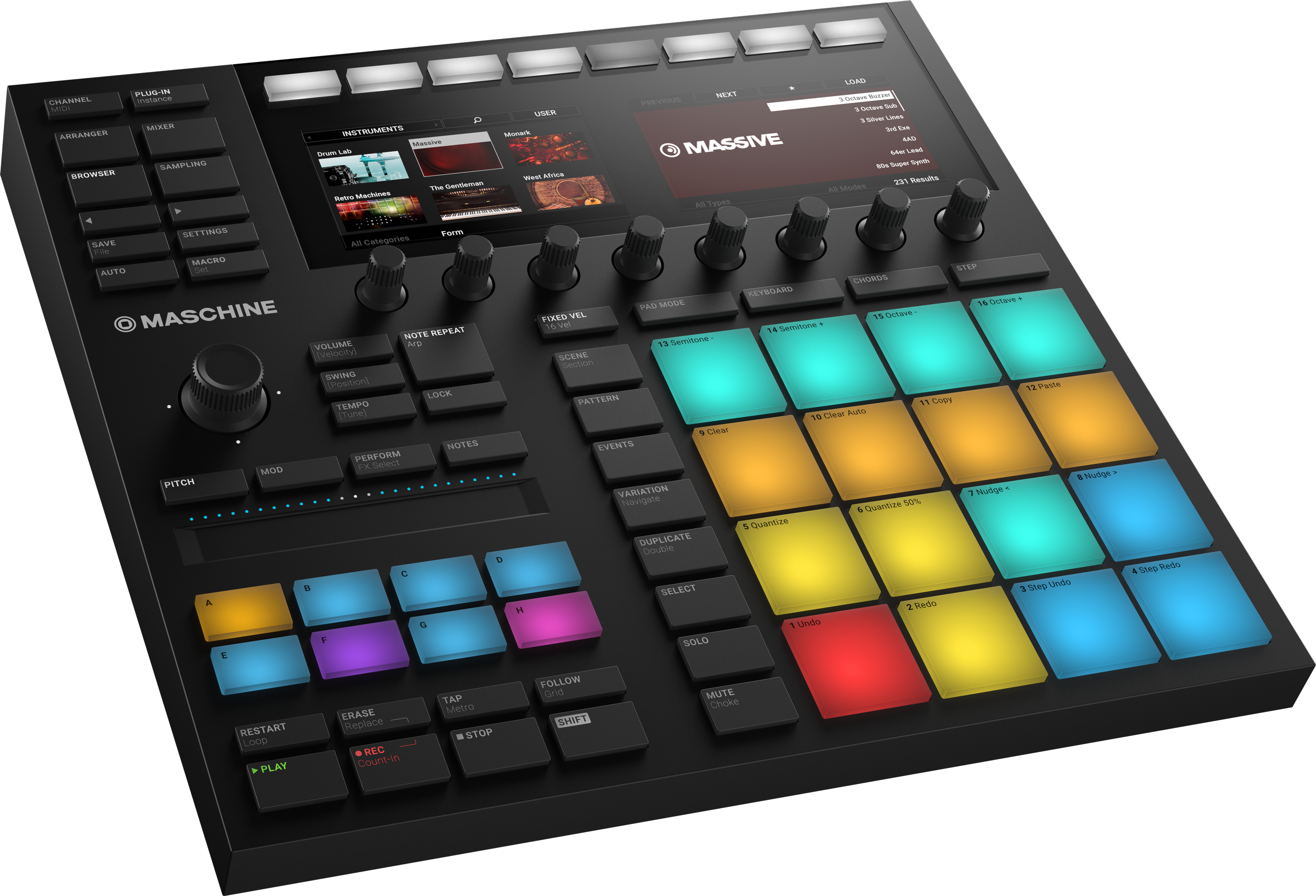

Right click the playlist and click “Select as Preparation List”, this way your Preparation List is more flexible and you will prepare directly for that gig. Usually, between half a dozen to a dozen tracks should be enough, and once the set starts to flow, you probably won’t even get through all of those.

In the days leading up to your gig, start adding a few tracks to a playlist that you’d like to play, alternatively create a playlist for your gig in your Record Bags folder. Via the Explorer node of the TRAKTOR library browser or ĭragging and dropping using the Finder / File Explorer window. There are two ways to add music to your collection: Step 4: Adding music to your TRAKTOR library This is why keeping a separate genre tag in your comments will help you classify your music. If you mainly play progressive house and techno, but you’re adding a melodic deep house track, it will probably go in a progressive house set rather than a techno one. If you’re classifying by genre, keep in mind that it needs to be what works for you, not necessarily what was decided by the webstore or the labels (it’s often the labels that decide what genre category the track appears in). Any vocals? Male or female? Is the track hard, laid back, or percussive? Any audio samples that you’ll remember? Whatever helps to nudge your memory. This can help you to appreciate the change in trends, and your own tastes.Īs you work your way through the list, make sure the ‘track name’, ‘artist’, ‘genre’ are filled out, and use the ‘comments’ tag to fill in any hints about the track. This is about giving some time to think about all the music added over the last 12 months. This is an important distinction, because unless a piece of music is important to you, there is no association with some random date, potentially in the distant past, rather than the year you purchased the music.Īt the start of every year, take a moment to ponder the previous year’s music, while creating a new folder and TRAKTOR playlist. genre, BPM, or energy), along with a folder for incoming new music:Įach ‘year’ folder will store all the music you’ve bought within that year, rather than the year of release. One the easiest ways to keep up with new music in your collection is to maintain a yearly folder structure, with sub-folders that suit your musical style (e.g. Where it will differ, however, is when working on set preparation: keeping a separate folder of prep playlists, dated and labeled with the event name, helps you keep a list to start from (as detailed further down). Maintaining similar basic folder and playlist structures will help with navigating your music. If you start organizing your music, it should become a well-oiled machine that will become more efficient over time.
How to find user path maschine native instruments how to#
Here are some useful tips and tools that can help you keep your library efficient and easy to search.Ī big part of library management is not only knowing where your tracks are and how to search for them, but building in the routine of maintaining it all. The further down the path of chaos you travel, the harder it is to change course, which is why the best time to start organizing your music is right now. That’s not to say you can’t have lots of music in your library, but it needs to be efficient. Knowing your music and understanding how to get the most out of your library will help you excel at DJing even under the toughest live conditions. Boost your playlist searches, tidy up your metadata, and quickly fix your beatgrids for more accurate mixing. The list of Maschine Expansions can be found here.Learn how to take control of your music library, with TRAKTOR at the center of your system.

Synth preset expansions (such as Massive Expansions), Kontakt instrument libraries as well as Native Instrument sound libraries that are not Maschine Expansions (sometimes branded as "Komplete Expansions") do not work with our software. Proprietary sound libraries such as Reason Refills, Kontakt files etc cannot be processed by Kit Maker. Sample Packs with categorized folders of drum sounds are automatically made into kits. Sample Packs are folders that contain audio samples (typically. These are Maschine Expansion folders in your Native Instruments directory that typically end in "Library." For example "Conant Gardens Library." Maschine Mode: Maschine Expansions (as well as the Maschine factory library) can also be processed. Subfolders are folders inside the main folder that are called "Kicks" or "Snares" or different categories of sounds. Sample Pack Mode: Add any Sample Pack folder that contains sub-folders of drum sounds. There are two ways to process Sample Packs and Expansions: You can process just about any Sample Pack!


 0 kommentar(er)
0 kommentar(er)
